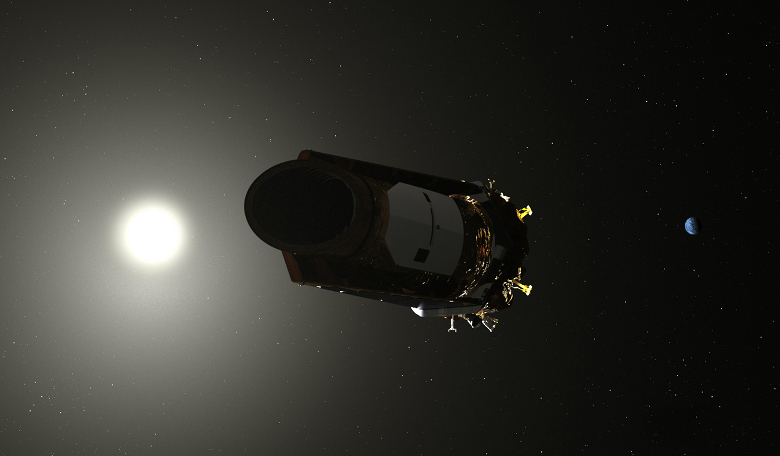Its contributions in the search for alien worlds is unsurpassed, but last week, NASA said a final goodbye to its formidable first planet-hunting satellite Kepler, as the space agency sent its final set of commands to disconnect communications with Earth.
Its retirement comes weeks after NASA announced that its hugely successful spacecraft had run out of fuel and therefore, this once cutting-edge satellite could no longer continue with any further science operations.
The "goodnight" commands that finalise the spacecraft's transition into retirement, marked the end of nine years of extraordinary service that not only saw the discovery of 2,600+ planets from outside our Solar System while identifying many more planet candidates, but it also helped kick-start an entirely new and robust field of research.
"Kepler has wildly exceeded all our expectations and paved the way for our exploration and search for life in the solar system and beyond," said Thomas Zurbuchen, associate administrator of NASA's Science Mission Directorate in Washington. “Its discoveries have shed a new light on our place in the universe, and illuminated the tantalizing mysteries and possibilities among the stars."
Somewhat coincidentally, Kepler's final “goodnight" is exactly 388 years to the day since its namesake, German astronomer Johannes Kepler, who discovered the laws of planetary motion, passed away in 1630.
Kepler was not without the occasional technical blip however; four years into the mission after the primary mission objectives had been met, two of Kepler's four gyroscope-like reaction wheels, which are used to precisely point the spacecraft, stopped working.
As the spacecraft needs three functioning wheels to continally monitor a star’s brightness for signs of Earth-sized exoplanets, its field-of-view had to be switched roughly every three months to compensate for the mechanical glitch.
The work-around fix worked and Kepler was able to continue with an extended mission, dubbed K2, which lasted another four years and bumped Kepler's count of surveyed stars up to more than 500,000.
Up until it ran out of fuel, Kepler continued to gather data and some of the most recent analyses of its discoveries concludes that 20 to 50 percent of the stars visible in the night sky are likely to be surrounded by small, possibly rocky, planets similar in size to Earth, orbiting within the habitable zone of their parent stars. This ‘Goldilocks zone’ as it has become known, is within a region where liquid water - a vital ingredient to life as we know it - might be free to contribute to rivers or oceans on the planet surface.
Although no further observations will take place, Kepler’s legacy still continues. ”We know the spacecraft's retirement isn't the end of Kepler's discoveries," said Jessie Dotson, Kepler's project scientist at NASA's Ames Research Center in California's Silicon Valley. "I'm excited about the diverse discoveries that are yet to come from our data and how future missions will build upon Kepler's results."
But it is the end for the spacecraft itself. With the end of science operations and no fuel, Kepler will remain forever in orbit around the Sun, at around 94 million miles away from Earth. It will periodically pass its home world but never come closer than a million miles to our planet. The baton will now be handed onto the Transiting Exoplanet Survey Satellite (TESS) to pick up where Kepler left off.











